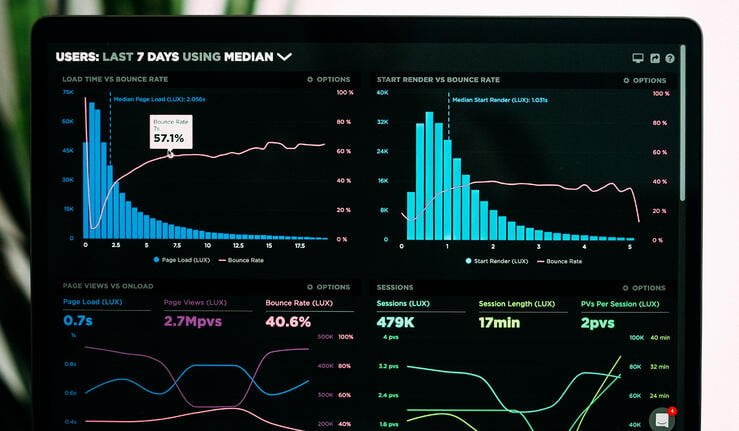Augmented Analytics – 2/4: Dollars and Sense
Part 2 of a series about Augmented Analytics
A decade ago, the top-of-the-line flat-panel TV, the 50″ Pioneer Elite Kuro PRO-110FD, cost more than $7,000. CNET’s top-rated TV of 2019, the 65″ LG OLEDB9PUA, sells for about $2,300. Consumers get more and better for less because the manufacture of televisions has become increasingly automated. And what’s true for televisions is true for so many of the other manufactured devices that enrich our lives: the more work the machines do, the less we have to pay.
That’s also true for the field of data analytics. Automation in the form of augmented analytics is decreasing the cost that organizations must bear to make sense of their data and to arrive at actionable insights. It’s also opening doors for companies that don’t have the budget for traditional data analysis. With augmented analytics, small- and medium-sized businesses have the ability to compete with large companies. That increased competition translates into better products and greater customer satisfaction.
Making discoveries through traditional data analytics isn’t easy or cheap. Historically, data analysis involves a team comprised of analysts, scientists, and engineers. Those are all high-skill, high-salary positions, and the work required to build infrastructure, create models, analyze data, and draw conclusions is tedious and time-consuming. If an organization wants more models so as to make better decisions, it has to hire additional data people. And unless organizations are careful, they can blow up the budget in their pursuit of superior insights.
With the advent of AI-powered augmented analytics, spending all those dollars no longer makes sense. Augmented analytics eliminates an organization’s need to build its own infrastructure, drastically decreasing the upfront costs of analysis. And because augmented analytics makes use of automatic AI modeling, an organization can find anomalies in its data in a small fraction of the time that it takes a data analyst to discover those same aberrations. That means that organizations can avoid potentially catastrophic mistakes, saving untold sums.
We all know that the race isn’t always to the swift. But really that’s just another way of saying that it usually is. When an organization automates its analytics, it can eliminate the weeks or months needed to build infrastructure, it can cut back on the time devoted to model selection and management, it can reduce the number of hours required to address anomalies, and it can speed up the creation of future products. An organization that can make better decisions faster will be more agile in a rapidly moving market whose only constant is change.
Incorporating automated analytics into an organization’s business model is like hiring a team of analysts with IQs of 300 and an inhuman ability to find patterns in mountains of data. Oh, and they’re willing to work for peanuts.
In our next post, we’ll discuss the democratization of data analytics.
Check out the next part of this series: Augmented Analytics – 3/4: The Rise of Citizen Data Scientists

